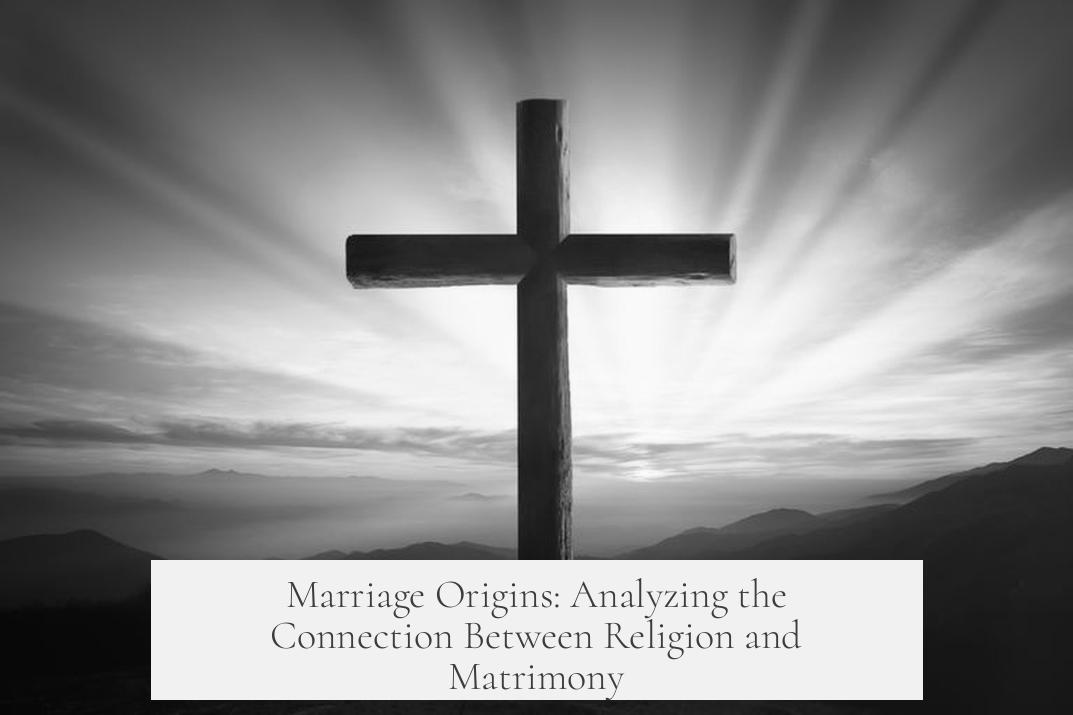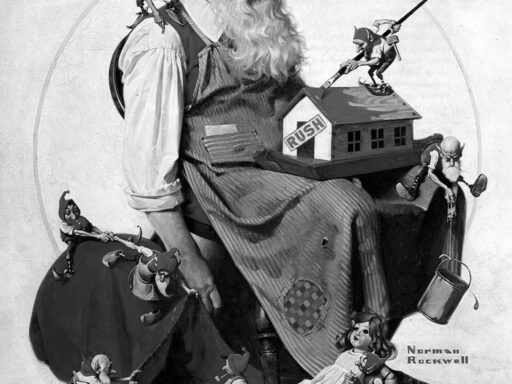Marriage does not have its roots in religion but rather originates as a social and biological institution independent of religious frameworks. Anthropological and historical evidence shows marriage practices emerged across various cultures for reasons related to social order, reproduction, and economic alliances long before religious systems formalized or influenced these unions.
Marriage traditions predate recorded history. Different societies created marriage independently to address needs like managing family alliances, property, and reproduction. Early marriage resembled a social contract ensuring the well-being and stability of communities, especially in agrarian or tribal contexts.
Even monogamous pairing, often viewed as one of the earliest forms of marriage, predates modern humans. This suggests marriage is rooted in biological and social imperatives rather than religious mandate. The practice often fulfilled critical roles in ensuring paternity certainty and organizing communal labor.
Religious institutions, while significant later in marriage’s evolution, did not originate the concept. For instance, the Catholic Church only began formal involvement in political aspects of high-status marriages around the 5th century CE. Additionally, religious views of marriage have been ambivalent—some doctrines valued celibacy over marriage, seeing spiritual life as superior. This highlights that religion attached itself to marriage but did not necessarily found it.
Religion’s connection to marriage generally centers on reproductive and life-cycle aspects. Religious rites like baptisms and last rites mark critical stages of life, with marriage fitting into this chain due to its association with reproduction. Thus, religion incorporates marriage to regulate and sanctify reproduction but does not originate its social function.
Marriage systems across cultures show significant diversity that often reflects ecological and economic conditions rather than religious prescriptions. For example, among the Himalayan Paharis, fraternal polyandry evolved because of land scarcity and economic necessity, independent of religious roots. Similarly, political alliances maintained through exogamous marriages in small tribal groups underscore marriage’s social-political role beyond theology.
Some societies without organized religion still possess marriage-like institutions. This reality confirms marriage is a near-universal social structure responsive to human social needs, not purely a religious invention.
Modern legal views of marriage, especially in Western contexts, also speak to its secular foundations. Originating from statutes like the Statute of Frauds (1677) in England, marriage became framed as a contract and property arrangement. These laws governed inheritance and social status, focusing on legal recognition of family ties rather than religious rites, highlighting a distinction between civil authority and spiritual practice.
The concept of marriage has also evolved culturally. Initially viewed primarily as a reproductive institution, marriage adopted religious significance and later moved towards a romantic ideal. The “love match,” popularized around the Industrial Revolution, is a recent cultural innovation. This shift marks a move away from socio-economic and religious motivations to personal affection as the central reason for marriage.
The interplay between sex, reproduction, and religion shaped much of marriage’s historical context. Prior to modern contraceptives, marriage regulated sexual activity closely linked to reproduction. Religious codes codified these associations, emphasizing marriage as the legitimate framework for procreation and lineage assurance.
- Marriage originated independently across cultures as a social and biological institution.
- Religious involvement came later, integrating marriage with reproduction and life-cycle rituals.
- Marriage systems often respond to ecological and political needs beyond religion.
- Legal frameworks grounded marriage in contract and property law, distinct from religious doctrine.
- The romantic ideal of marriage is a recent cultural development diverging from earlier origins.




